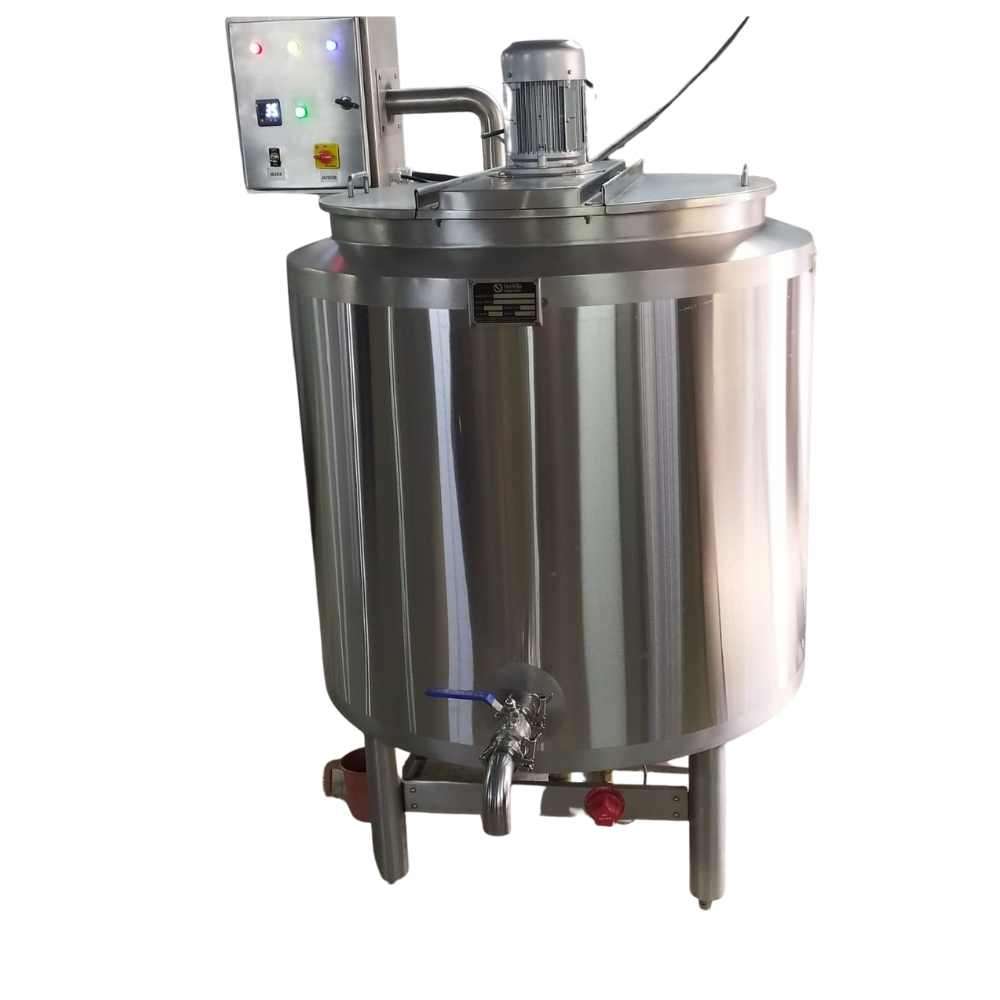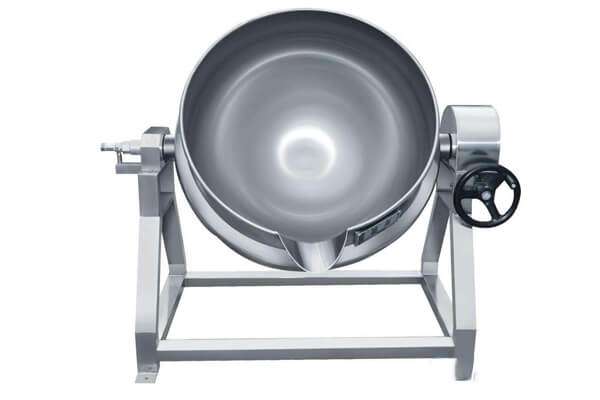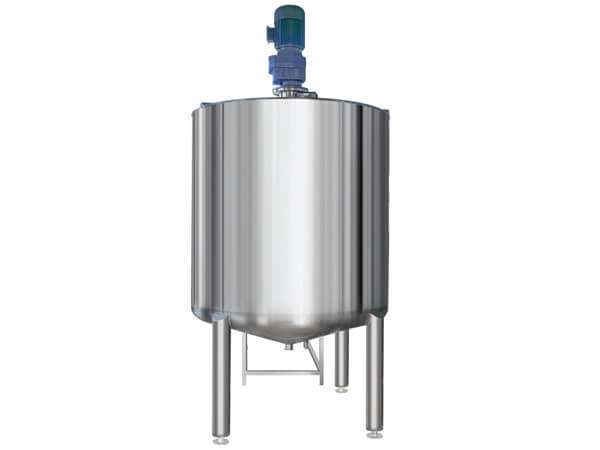What is Food Manufacturing Business?
A food manufacturing business involves the production, processing, and packaging of food products for distribution and sale. This sector plays a crucial role in the food industry by transforming raw agricultural materials into consumable goods. Food manufacturing businesses can range in scale from small artisanal operations to large-scale industrial facilities.
Is Food Manufacturing Business profitable?
Whether a food manufacturing business is profitable depends on several factors, and it’s not a simple yes or no answer. Here’s a breakdown of the key points to consider:
Industry profitability:
- The average profit margin for the food processing industry is generally lower than the overall market average. It can range from 5% to 12% depending on various factors like product category, brand recognition, and scale.
- Certain sub-sectors within food manufacturing can be more profitable. For example, specialty foods, organic products, or convenience meals often have higher margins due to premium pricing and niche appeal.
Eight steps to follow a profitable Food Manufacturing Business
Starting a profitable food manufacturing business requires careful planning, adherence to regulations, and a solid understanding of the industry. Here are eight essential steps to guide you through the process:
- Market Research and Business Planning:
- Identify Your Niche: Determine the specific niche or food product you want to manufacture. Conduct thorough market research to understand the demand, competition, and trends in the chosen niche.
- Create a Business Plan: Develop a comprehensive business plan that outlines your business goals, target market, marketing strategy, operational plan, and financial projections. A well-thought-out plan serves as a roadmap for your business.
- Location and Facilities:
- Select an Appropriate Location: Choose a location that complies with zoning regulations and provides sufficient space for production, storage, and potential future expansion.
- Set Up Production Facilities: Invest in the necessary equipment and facilities for food production. Ensure compliance with health and safety standards, and consider factors like workflow efficiency and scalability.
- Name your Food Manufacturing Business:
I can’t officially “name” your business, but I can definitely help you brainstorm some creative and memorable options! Here are some ideas to get you started, considering the eight steps you outlined:
- Choose a name that is easy to remember, pronounce, and spell.
- Ensure it is available as a domain name and trademark.
- Make sure it is appropriate for your target audience and reflects your brand identity.
- Consider using a name generator online for further inspiration.
- Legal Compliance and Regulations:
- Choose a Legal Structure: Select a suitable legal structure for your business, such as a sole proprietorship, LLC, or corporation. Each structure has different legal and tax implications.
- Obtain Necessary Permits and Licenses: Research and obtain the required permits and licenses for your food manufacturing business. This may include health permits, food handling permits, and compliance with local, state, and federal regulations.
- Machine & Equipment for Food Manufacturing Business:
Choosing the right machinery and equipment is crucial for the success of your food manufacturing business.
Here are some general categories of equipment to consider, with examples:
Processing:
- Mixers
- Cooking equipment
- Refrigeration
- Food processing equipment
Packaging:
- Filling machines
- Sealing machines
- Labeling machines
- Packaging supplies
Additional considerations:
- Cleaning and sanitation equipment
- Material handling equipment
- Safety equipment
- Cost of starting Food Manufacturing unit:
The cost of starting a food manufacturing unit can vary significantly based on various factors such as the type of products, scale of production, facility requirements, and location. It’s crucial to conduct a detailed feasibility study and financial analysis to estimate the specific costs associated with your food manufacturing business. Consider consulting with industry experts, business advisors, and financial professionals to ensure accuracy in your budgeting process. Keep in mind that the actual costs can vary based on local economic conditions, industry-specific requirements, and the scale of your operation.
- Food Manufacturing process:
The food manufacturing process can vary greatly depending on the specific product being produced, but here’s a general overview of the key stages:
- Sourcing and Receiving
- Pre-processing
- Processing
- Packaging and Labeling
- Quality Control and Safety
- Storage and Distribution
- Promate your products:
Promoting your food manufacturing products effectively involves a combination of marketing strategies to increase visibility, attract customers, and build brand awareness. Here are some key ways to promote your products:
- Create a Strong Brand Identity
- Build an Online Presence
- Social Media Marketing
- Content Marketing
- Email Marketing
- Product Packaging and Labeling
- Public Relations (PR)
- Online Advertising
- Attend Local Farmers’ Markets
Explore
Related Products
No block ID is set











